Market Trends
Key Emerging Trends in the Automotive Digital Cockpit Market
The increasing number of road accidents and fatalities is a big worry worldwide. According to the World Health Organization (WHO), in 2017, over 1 million people lost their lives, and more than 50 million people got hurt in road incidents each year because of poor road conditions. Most of these road traffic accidents, around 90%, happen mainly in developing countries, with rear-end collisions being one of the most common types of accidents. In the United States, the National Highway Traffic Safety Administration (NHTSA) stated that nearly 1.6 million crashes occur every year because of texting while driving and driver distraction. To make driving safer, many fancy cars are now being equipped with something called an automotive Head-Up Display (HUD). This is like a special screen that shows information directly on the car's windshield, making it easier for the driver to see important details. People want to know things like how far they've traveled, directions, how fast they're going, the nearest gas station, and the condition of the car while driving. Having a HUD in cars helps drivers keep their eyes on the road and avoid getting distracted by looking at the speedometer or their phones while driving.
There's a growing demand from consumers for features like travel distance, navigation, vehicle speed, nearby gas stations, oil and gas levels, and car condition to be displayed while driving, making HUDs more popular in vehicles. This is because having this information right in front of the driver makes it easier and safer to drive. Companies that make HUDs are also coming up with new technologies to make driving even more convenient. For example, in January 2019, a company called Continental AG started working on a special HUD designed specifically for sports cars. This display shows important information right in the driver's field of vision, making it safer and more comfortable to drive, especially in traffic jams. This driving assistant helps with things like road behaviors, updates on the road, and information about busy traffic areas. In conclusion, the rising number of accidents and deaths on the roads is a big concern globally. To address this, many cars are now equipped with automotive HUDs, special screens that show important information directly on the windshield. This helps drivers stay focused on the road, reducing distractions and making driving safer. With the increasing demand for features like travel distance, navigation, and vehicle condition, HUDs are becoming more popular in vehicles. Companies are also developing new technologies to enhance driving experiences, such as special HUDs designed for sports cars that provide crucial information and improve safety and comfort while driving.

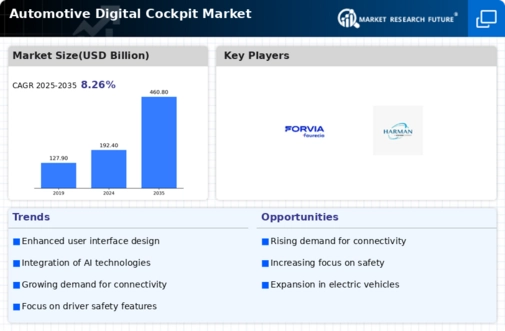

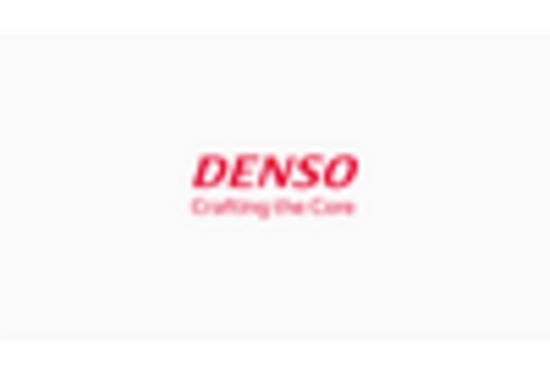
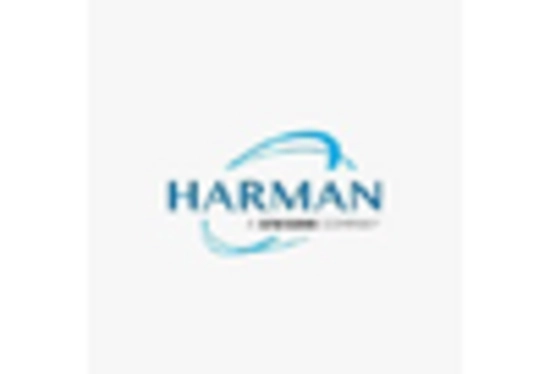
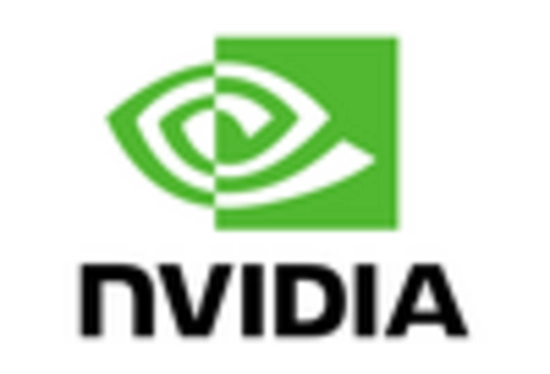
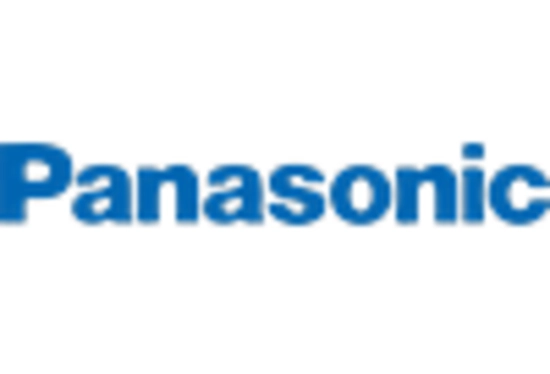
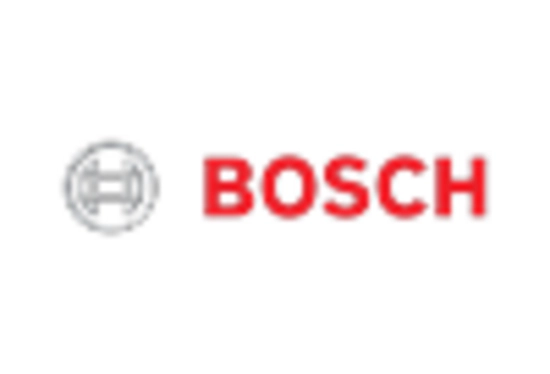









Leave a Comment